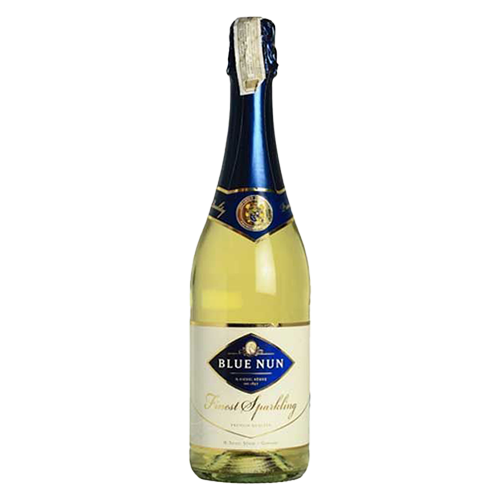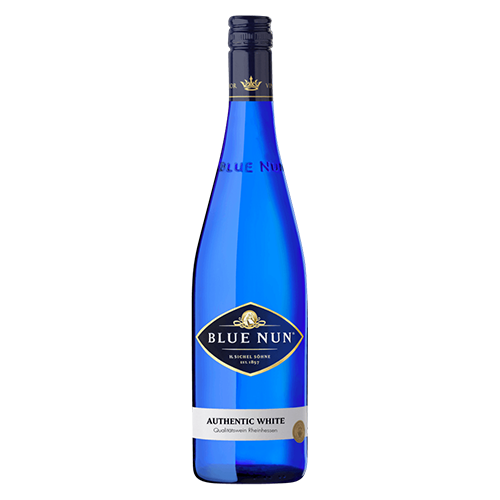Dutch wine
It is believed that grapes have been grown in the Netherlands since Roman times since drinking wine was very normal at the time.
The oldest official mention of viticulture in the Netherlands, however, only dates from 968. The inventory list of Queen Gerberga of Saxony describes some vineyards around Maastricht. It is not surprising that there were vineyards around Maastricht at that time. Despite the relatively northern location in relation to other wine regions, the region was very favorable due to the slopes and fertile loess soil.
Later in the Middle Ages, viticulture also spread to other parts of the Netherlands. This was due to the relatively warm climate at the time from which grape growing benefited. In the fourteenth and fifteenth centuries the hills around the Maasdal and Geuldal were largely overgrown with vines and Dutch viticulture was at its peak. This quickly changed after the winegrowing competition came from beer. Because people started adding hops to beer, this made it more durable and has a better taste and beer consumption began to beat wine consumption. After 1540 the climate in the Netherlands also changed, it became colder and from 1590 we entered a so-called Little Ice Age. Because of this and partly because of destruction during the Eighty Years’ War, viticulture in the Netherlands was decimated. The final battle for viticulture came when the grape aphid and Napoleon made it impossible to grow wine in the Netherlands. The last vineyard around Maastricht died in 1946, but many years before that, grape growing in the Netherlands was marginalized. Around the beginning of the 70s of the twentieth century much changed for the benefit of viticulture in the Netherlands. At the time, a number of entrepreneurs mainly started planting new vineyards in Limburg and North Brabant. Since that time there has been a steady but ever-faster growth of viticulture in the Netherlands. There are currently around 130 commercial vineyards in the Netherlands.
Apostel farm
The Dutch wine tradition, which originated in Roman times, gradually made way for other forms of agricultural activity after the Middle Ages. Until the first vines returned in 1970 on the southern slopes of the Jeker Valley, just below Maastricht. Here, at one of Limburg’s most beautiful places on top of the Louwberg, the oldest wine domain in the Netherlands is now known as De Apostelhoeve. This wine estate, led by the Hulst Family, now covers more than 8 hectares of vines and produces 6 beautiful, dry white wines: Müller-Thurgau, Auxerrois, Riesling, Pinot-Gris, Pinot-Gris Barriques and Cuveé XII Apostelhoeve.


